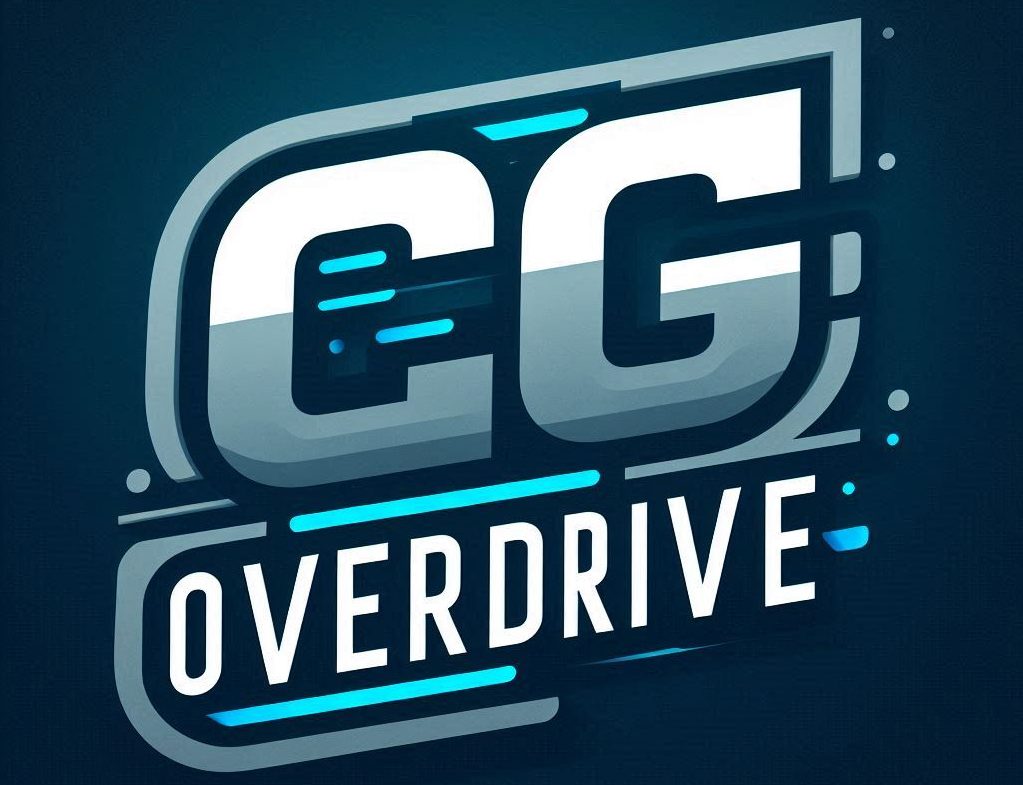Virtual Reality (VR) has emerged as a transformative force in the domain of computer graphics, reshaping how we experience digital worlds and interact with visual content. Unlike traditional media, VR immerses users in fully three-dimensional environments, enabling unprecedented levels of engagement and realism. This immersion relies heavily on cutting-edge computer graphics techniques, making VR not just a technological novelty but a catalyst that pushes the boundaries of CG innovation.
Why Virtual Reality Demands a New Paradigm in Computer Graphics
The complexity of VR arises from its requirement to generate real-time, stereoscopic 3D imagery that responds instantaneously to user movements. Unlike static or pre-rendered graphics, VR environments must be computed on the fly with minimal latency to maintain immersion and avoid user discomfort. This unique challenge places enormous demands on rendering pipelines, frame rates, and graphic fidelity—all central topics within the computer graphics industry.
Central to achieving this is understanding the five core pillars driving VR graphics:
– **Low Latency Rendering:** Keeping motion-to-photon latency below 20 milliseconds.
– **High Frame Rate:** Usually targeting 90 frames per second or higher to ensure smooth motion.
– **Stereoscopic 3D Rendering:** Rendering separate perspectives for each eye to create depth perception.
– **Field of View (FoV):** Typically ranging from 100 to 110 degrees to mimic human vision.
– **High Resolution and Image Quality:** Minimizing screen-door effect for clarity.
Each pillar involves trade-offs and innovation in CG algorithms, hardware acceleration, and software optimization.
Essential Computer Graphics Techniques Powering VR
The VR revolution propels advances in several CG domains, some of which deserve detailed exploration given their impact and utility:
**1. Real-Time Ray Tracing**
Traditional rasterization techniques excel at speed but struggle with dynamic lighting accuracy. Real-time ray tracing in VR offers physically accurate light interactions, reflections, and shadows, dramatically enhancing realism. Breakthroughs in GPU architecture (e.g., NVIDIA’s RTX series) and APIs like Vulkan Ray Tracing empower developers to integrate ray-traced effects seamlessly in VR scenes without sacrificing frame rates.
**2. Foveated Rendering**
VR headsets track eye movement, enabling foveated rendering to optimize resources. This technique renders high-resolution graphics only where the user’s gaze is focused, lowering detail in the peripheral view to save processing power. Foveated rendering is a game-changer in pushing VR graphics to higher resolutions and frame rates without exorbitant hardware requirements.
**3. Physically Based Rendering (PBR)**
PBR has become essential for realistic material depiction in VR. By simulating how light interacts with physical surfaces based on scientifically derived models, PBR ensures consistent and lifelike textures and reflections across varying lighting conditions. This consistency is crucial in VR, where immersion breaks if graphical inconsistencies are visible.
**4. Level of Detail (LOD) Management**
VR environments demand rendering vast 3D worlds efficiently. LOD algorithms dynamically adjust the complexity of objects based on their distance from the user, maintaining performance without compromising perceived visual quality. Smart LOD strategies paired with asset streaming techniques form the backbone of scalable VR experiences.
Practical Insights for Developers Diving Into VR Graphics
Success in VR development requires mastering both the artistic and technical nuances of computer graphics. Here are practical takeaways to empower CG artists and developers entering this space:
– **Prioritize Performance Optimization Early:** VR’s strict hardware requirements mean inefficiencies quickly degrade experience. Profile your scenes rigorously and focus on optimizing shaders, culling non-visible geometry, and reducing draw calls.
– **Embrace Modular Shader Design:** VR benefits from reusable shader programs that adapt to multiple lighting conditions, material types, and post-processing effects. Modular design improves maintainability and scalability.
– **Invest in Accurate Head and Eye Tracking Integration:** Incorporate hardware tracking data directly into rendering pipelines to leverage foveated rendering and ensure precise stereoscopic views.
– **Balance Realism and Comfort:** Photorealistic rendering is vital, but also consider motion sickness mitigation by maintaining stable frame rates and minimizing abrupt camera movements or scene changes.
– **Leverage Middleware and VR SDKs:** Platforms like Unity, Unreal Engine, and OpenXR provide robust VR support layers that handle many low-level CG challenges, allowing you to focus on creative storytelling and environment design.
VR Graphics Techniques Comparison Framework
| Technique | Benefits | Challenges | Ideal Use Cases |
|————————|————————————-|———————————–|————————————–|
| Real-Time Ray Tracing | Superior realism, dynamic lighting | High computational cost | High-end experiences, architectural viz |
| Foveated Rendering | Resource efficiency, higher res. | Requires precise eye-tracking | Mobile and high-res VR headsets |
| Physically Based Rendering | Consistent material realism | Complex shader creation | Games, simulations, cinematic VR |
| Level of Detail (LOD) | Performance boost in large scenes | Requires asset variation | Open-world VR, expansive environments |
Inspiring the Future: Virtual Reality as a Frontier for CG Innovation
VR represents a frontier where artistic creativity converges with technical mastery in computer graphics. It challenges CG professionals to rethink traditional rendering models, pushing towards hyper-realistic, interactive experiences that transcend screens. The industry buzz reflects this momentum—investments skyrocket, research accelerates, and hardware evolves rapidly, signaling VR’s permanence in CG’s evolution.
To the ambitious CG creators and technologists, VR is both a playground and laboratory. It urges you to harness the power of ray tracing algorithms, optimize through foveated rendering, and architect expansive worlds with precision LOD techniques. It demands a marriage of artistic vision with mathematical exactness and hardware cognizance.
Ultimately, mastering VR graphics is about crafting believable, immersive narratives that connect users deeply with alternate realities. This will define the next epoch of visual storytelling in computer graphics—one where the boundary between virtual and physical blurs, and imagination becomes a tangible experience.
As pioneering VR developer and researcher Jaron Lanier once said, “Virtual reality is the first step for humankind in exploring the ocean of the mind.” Let this inspire every CG artist and engineer: dive fearlessly into the depths of VR and surface with awe-inspiring worlds that redefine what’s possible.
